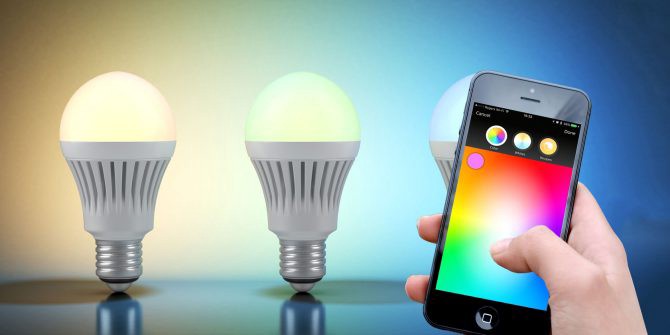EPE Paper – Reliability of WBG, results of a Pre-Scoping Study

This report contains the outcome of this first study on the reliability of Wide Band Gap (WBG) components and WBG-based applications. By summarizing key findings, it leads to an outlook and discusses the next steps.
EPE Paper – Policy measures to drive WBG for end use equipment

This paper discusses different potential policy measures to support the WBG uptake in end use equipment. The EU product regulations and specifically the potential PV inverter efficiency requirements, are discussed, serving as an example. Standardisation, in various fields (test methods for reliability and efficiency, rules for environmental footprint, modules and package architecture) and economic support […]
EPE Paper – Energy saving potential of WBG-commercial power converters in different applications

This work estimates the yearly global energy savings potential of different power electronics applications featuring commercial wide bandgap (WBG)-based power converters. It is the first study analyzing real products in the market. We show that WBG-based products exhibit considerable energy-saving potential in all investigated applications. Further, because of the large annual increase of installed photovoltaic […]
EPE Paper – Identifying the potential of SiC technology for PV inverters

Silicon Carbide (SiC) devices offer energy efficiency improvements over conventional silicon (Si) semiconductors. Through measurements and simulation results, this paper intends to quantify this efficiency improvement in a typical photovoltaic (PV) application. This allows designers and policy makers to better understand the benefits of SiC, enabling more informed decisions.
EPE Paper – Switching losses in power devices: From dynamic on resistance to output capacitance hysteresis

In this paper, we review some of the main methods to characterize on-state and off-state losses in wide-band-gap devices under switching conditions. In the off-state, we will discuss about losses related to charging and discharging the output capacitance in wide-band-gap devices, both in hard- and soft-switching. In the on-state, we will present an accurate measurement […]
EPE Paper – Measurement of WBG-based power supplies

This paper discusses different measurement methods to evaluate the efficiency of WBG-based power supply solutions, including electrical measurement methods and their verification with calorimetric methods, and compares the performance of Si-based and GaN-based chargers. The efficiency of chargers was measured at different load conditions, and it was observed that the maximum efficiency occurred generally at […]
EPE Paper – Looking beyond energy efficiency – Environmental aspects and impacts of WBG devices and applications over their life cycle

The environmental aspects and impacts of wide bandgap (WBG) materials such as Silicon Carbide (SiC) and Gallium Nitride (GaN) in specific end-use electronic applications and products have not yet been fully investigated. The design trade-offs and comparison of WBG with classic Silicon based technology for the same applications, with a life cycle thinking perspective, are […]
Policy Brief – Emerging Battery Technologies

Summarises the EDNA report which examined battery technologies for consumer electronics. Considers performance, environmental impacts, cost and market readiness.
Detailed Characterisation for Smart Dynamic Lighting

Smart lighting is gaining ground with increased speed driven by market demands for enhanced comfort, greater energy efficiency and simulating the the natural rhythm of daylight. But how do smart lighting sources perform when the light is dimmed, and when the colour temperature is changed? Is there a need for better characterisation? This paper presents […]
Emerging Battery Technologies

This research study examines new battery technologies suited to powering small devices such as IoT, actuators and sensors, and portable devices such as mobile phones and laptops.
Smart Lighting – New Features Impacting Energy Consumption

Smart lamps and luminaires are common in today’s lighting market. Smart lighting provides an opportunity for the consumer to benefit from wireless control of lighting products, e.g. by dimming, colour tuning and scheduling. These functions can provide energy saving but they also require energy consumption to supply standby power and gateways.




































